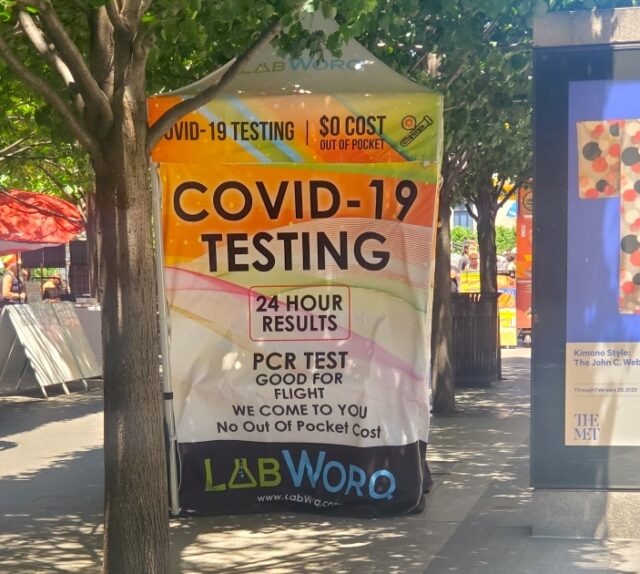Let’s Welcome Our New Disabled Siblings with Long Covid

Shortly after the onset of the COVID-19 pandemic, the Disability Community suspected that many individuals would acquire disabilities from damage that COVID had done or from what appeared to be lingering aftereffects. This was confirmed fairly early on in the pandemic. According to the federal government’s Household Pulse survey, more than 100 million Americans have had COVID, and as of April 2023, about 10% of adults infected with the virus continue to experience Long COVID.
People within the Disability Community should welcome and include new members of our Community who have Long COVID. It is often a challenge for people with newly acquired disabilities to identify as a person with a disability. This is even more true when the newly acquired disability is itself a new condition. As someone whose physical disability used to be non-apparent and as someone who has experienced significant chronic fatigue, I recognize that the disability rights movement is often not welcoming to people who have disabilities that are not visible.
The prevalence of Long COVID gives the Community the chance to get it right about this particular disability that is often non-apparent. What does getting it right about people with Long COVID look like? Begin with the understanding that Long COVID is real and communicate this to the Community. Recognize that the pain, fatigue, and discrimination that people with Long COVID experience are real. Centers for Independent Living and other disability-led organizations should learn about and stay up-to-date on the latest information about Long COVID, and make it publicly known that people with Long COVID are included in the group of people eligible to receive their services.
Most importantly, CILs and other disability organizations need to treat Long COVID like any other disability, especially when talking about legal rights. What should you tell someone with Long COVID who asks if they have any legal protections? Give them the same answer that you would give anyone who asks this question: Under the ADA and Rehabilitation Act, the definition of disability does not provide a list of disabilities but rather uses a functional definition. The person is protected under the ADA or Rehabilitation Act if, as a result of their Long COVID: they have a physical or mental impairment that substantially limits one or more major life activities; they have a record of having a disability; or they are regarded as having a disability.
Long COVID is an opportunity for the Disability Community to model a disability justice perspective to people with newly acquired disabilities. Let’s ensure we support our newly disabled siblings with Long COVID. Then let's extend this level of welcome to other siblings with non-apparent disabilities.

Thank you for this blog! I have a friend who now has long COVID. She has had a rough road but it getting the help and services she needs.